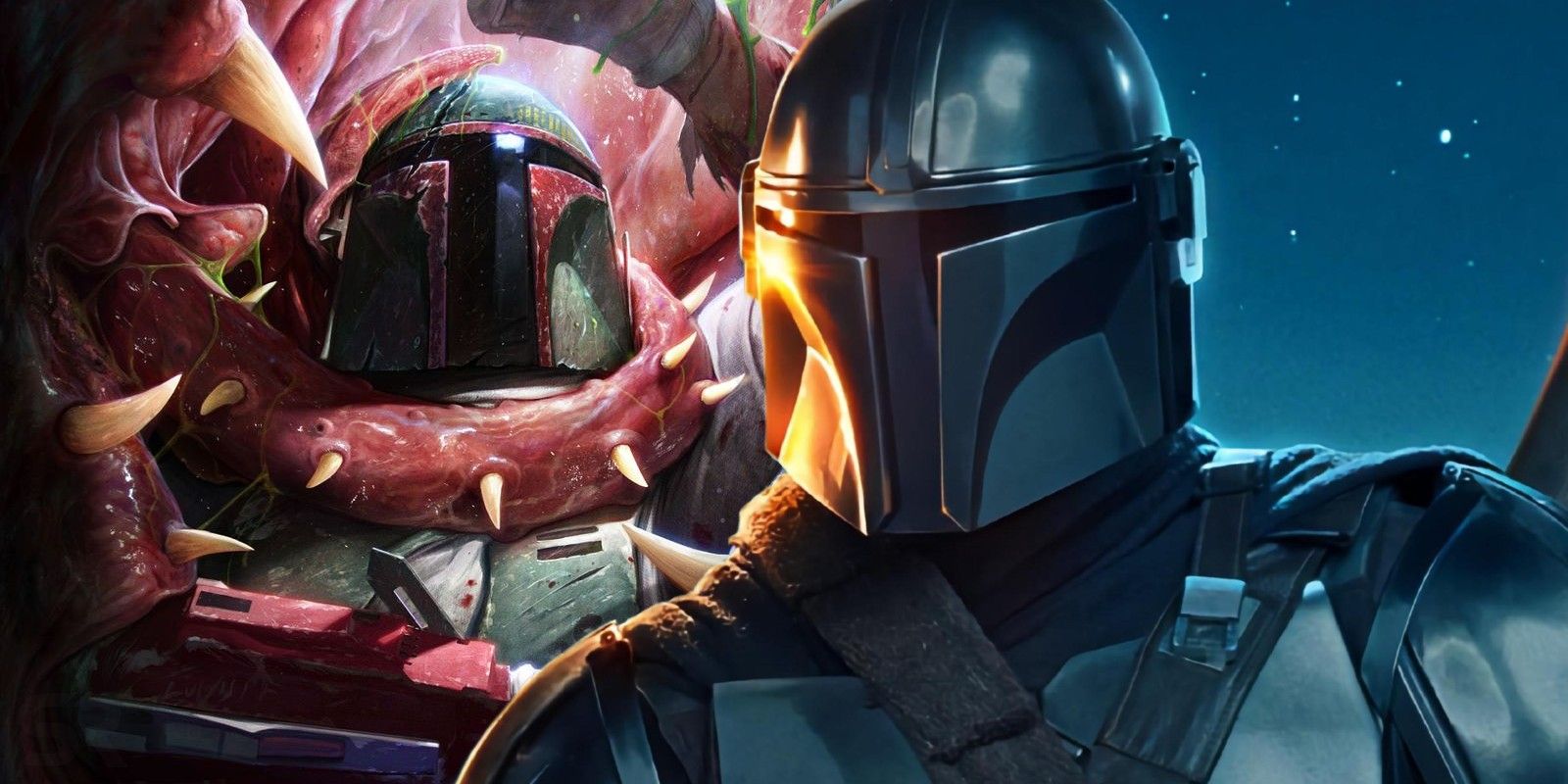


But mass-producing the design would cost too much, so Johnston slapped some green paint and scuff marks on the white armor, and a new character, Boba Fett, was conjured.īoba ended up speaking only four lines of dialogue over six and a half minutes of screen time in the original Star Wars films. Planning for the 1980 Star Wars sequel, The Empire Strikes Back, the artists Joe Johnston and Ralph McQuarrie crafted a prototype of knightlike armor for a legion of upgraded stormtroopers, the expendable soldiers of the evil Galactic Empire. As for those who might have been skeptical whether Boba Fett, given his limited screen time through the years, could sustain his own program, the way “The Book of Boba Fett” unfolded, for better and worse, basically rendered that question moot.Boba Fett, the most legendary bounty hunter in the galaxy, was the product of budget constraints.

Given the tone of these shows, think of this as a very expensive “B” western.
#Boba the fet series
Overall, “Book of Boba Fett” represented an interesting if not wholly successful experiment, adding pieces to a “Star Wars” live-action arsenal for Disney+ that can now look forward to eagerly anticipated series featuring Obi-Wan Kenobi and Ahsoka – characters with more heft than Boba Fett ultimately brought to the party. That said, after the crescendo of that Luke cameo at the end of season two, one suspects the reunion was motivated at least in part by Disney’s desire to ensure that it can keep peddling “Baby Yoda” merchandise. While that term is usually evoked derisively, Favreau and Filoni have embraced the idea of giving the audience what it wants – less out of a sense of obligation than because that’s what they want to see too. (An encore appearance by Mark Hamill, along with Rosario Dawson as Ahsoka Tano, elevated “fan service” to almost giddy extremes.) Baby Yoda, after he had found a new home and destiny under the tutelage of Luke Skywalker. Here, that included Boba’s (somewhat) tamed Rancor monster joining in the final battle, which followed the more sympathetic view of the Tuskens during Boba’s time with them in earlier episodes.ĭespite rousing moments the series couldn’t entirely overcome its awkward structure, which underscored that “Boba Fett” existed as an offshoot of “The Mandalorian.” The final episodes thus went about the task of bringing that title character back together with Grogu, a.k.a. One recurring theme in “Book of Boba Fett” sought to showcase residents of Tatooine that played minor roles in the original trilogy in a different light. The ensuing battle – in the season’s longest installment – contained numerous last-minute rescues and an old-style western gunfight, pitting Boba against the bounty hunter Cad Bane (again voiced by Corey Burton), another fan favorites imported from the “Star Wars” animated universe, which planted fertile seeds for the live-action fare. The action-packed finale included a protracted showdown between Boba Fett (Temuera Morrison) and his ragtag roster of allies against the criminal Pyke syndicate, which not only had them outnumbered but seemingly outflanked. Still, series creator Jon Favreau and collaborators Dave Filoni and Robert Rodriguez clearly had plenty of action figures with which they wanted to play, all while maneuvering to reunite the central duo from “The Mandalorian.” Boba Fett might have great armor, but as characters go, the series exposed a rather hollow shell. That was a lot (indeed, a bit too much) to juggle, as became clear when the series took an abrupt turn back into what felt more like a third season of “The Mandalorian” in the midst of its seven-episode run.

With the benefit of hindsight, “The Book of Boba Fett” was part epilogue, a whole lot of prologue, and one giant valentine to the original “Star Wars” trilogy, attempting to put a different spin on peripheral players and underdeveloped life forms.


 0 kommentar(er)
0 kommentar(er)
